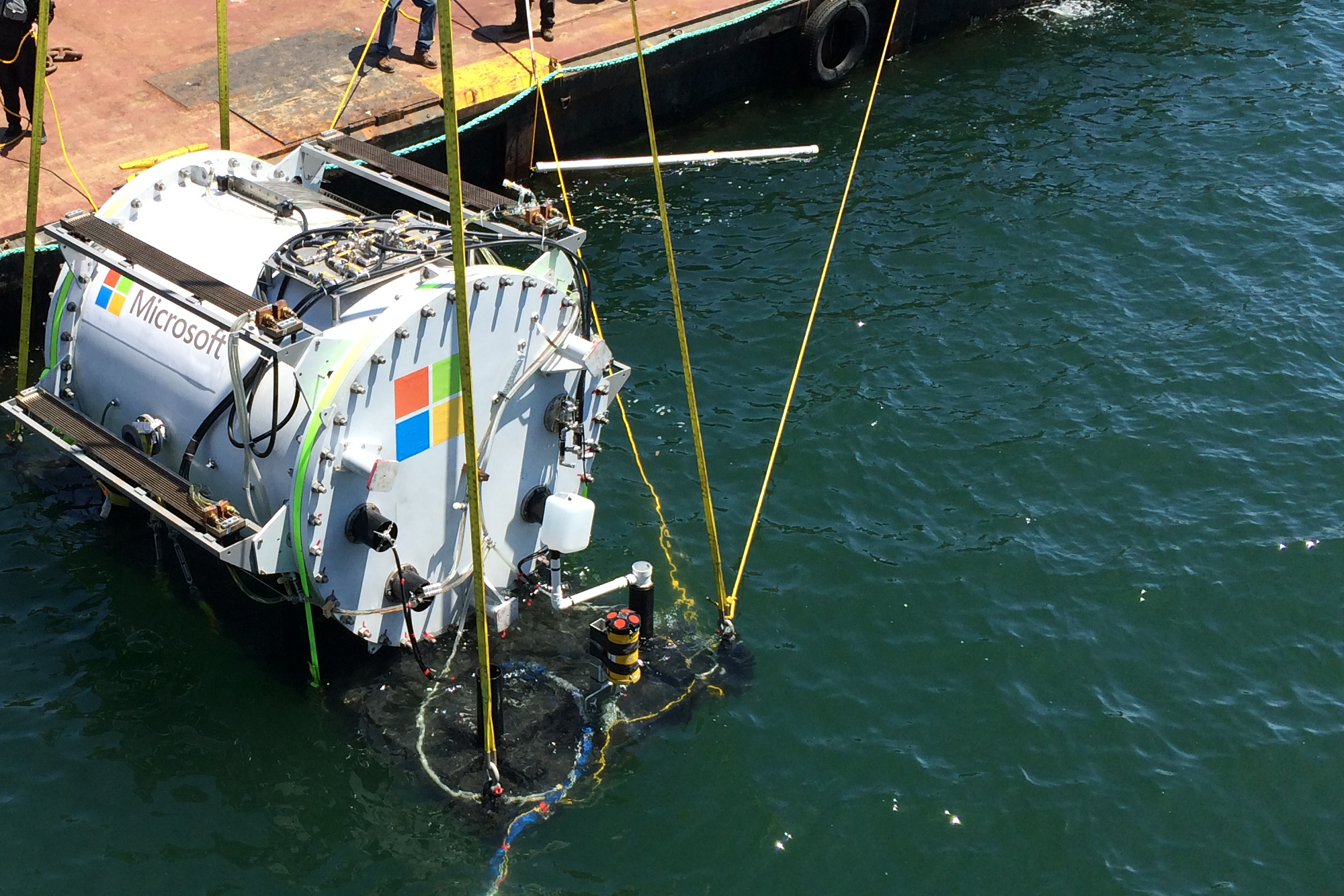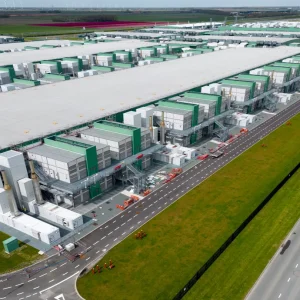
Servers and water might cause a chill to many IT engineers, but Microsoft is taking full data centres under water under the code name Project Natick.
Researchers at the company believe that placing these hubs under the sea could help reduce the massive air-conditioning bill associated with running data centres.
Microsoft has placed a prototype self-contained data centre pod, christened the Leona Philpot, 30-feet below the water level, off the coast of San Luis Obispo, California, UK.
The capsule is designed to last up to 20 years, while the lifespan of the computers placed inside is five years. The company said that once the deployment reaches the end of this cycle, the data centre would be retrieved, reloaded with new computers, and redeployed. As for the pod, it will be collected and recycled.
The experiment will run for 105 days and was supervised by Microsoft’s Data Centre Services division from the Redmond, Washington campus.
The Natick Team: Eric Peterson, Spencer Fowers, Norm Whitaker, Ben Cutler, Jeff Kramer. (left to right) Pic: Microsoft
The Project Natick seeks to understand the benefits and difficulties in deploying subsea data centres worldwide by designing, building, and deploying a subsea data centre in the ocean.
The company said: "Project Natick is focused on a cloud future that can help better serve customers in areas which are near large bodies of water (where nearly 50% of society resides).
"The vision of operating containerized data centres offshore near major population centres anticipates a highly interactive future requiring data resources located close to users. Deepwater deployment offers ready access to cooling, renewable power sources, and a controlled environment."
Microsoft believes that by deploying data centres under water, it will get rapid provisioning by being able to set up the whole system in 90 days.
According to the company, this will help to answer localised market demands, boost up services in natural disaster affected areas or simply while a big event is taking place, such as a World Cup or the Olympic Games.
The firm also believes that subsea data centres will help to reduce services latency as half of the world’s population live within 200km of the ocean.
The company has not unveiled if it will adopt this data centre solution.
The project was first conceived in February 2013, when a Microsoft employee, Sean James, submitted a whitepaper around underwater data centres powered by renewable ocean energy.
Over one year after, in August 2014, the company officially started with Project Natick following a meeting in Redmond, US, and the Leona Philpot data centre was deployed of the coast of California.







